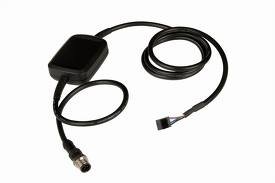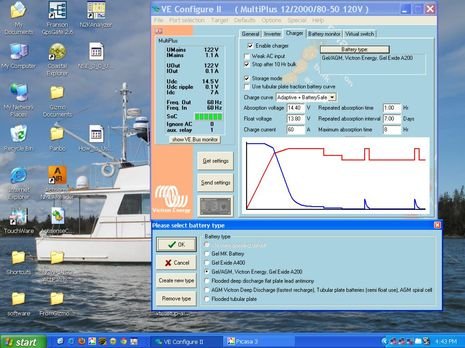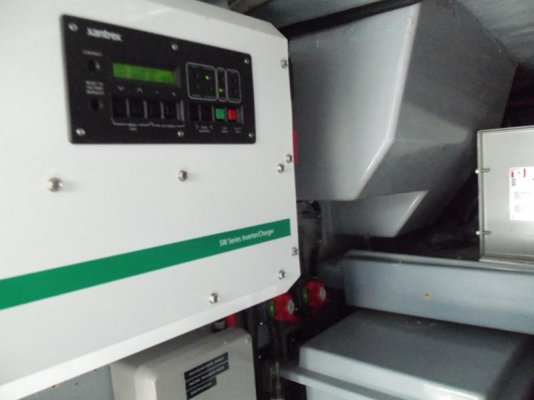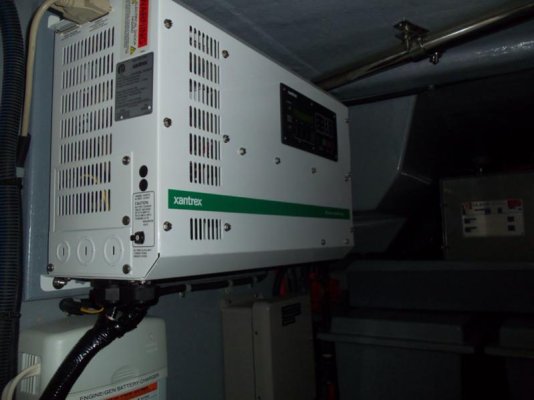Andy G
Hospitality Officer
- Joined
- Sep 20, 2010
- Messages
- 1,897
- Location
- Australia
- Vessel Name
- Sarawana
- Vessel Make
- IG 36 Quad Cabin
I need some advice.
My existing Xantrex inverter has given up the ghost and I am thinking of buying a Victron Multi inverter/charger unit(2000watts/80 amp). I have being offered a second hand unit through a Victron service centre.I hear good things about the product from forum members(thanks Ben & others) so would like to go with the unit.
One question though, as I understand part of this units design is it automatically cuts in if the shore power fails. If this is true I am a little concerned that if the shore power trips ( as it does on my boat sometimes) and I am not onboard the Victron may automatically discharge the batteries.
Is this a valid concern?
My existing Xantrex inverter has given up the ghost and I am thinking of buying a Victron Multi inverter/charger unit(2000watts/80 amp). I have being offered a second hand unit through a Victron service centre.I hear good things about the product from forum members(thanks Ben & others) so would like to go with the unit.
One question though, as I understand part of this units design is it automatically cuts in if the shore power fails. If this is true I am a little concerned that if the shore power trips ( as it does on my boat sometimes) and I am not onboard the Victron may automatically discharge the batteries.
Is this a valid concern?

 & that's the way I'm wired. (Both mentally & electrically!)
& that's the way I'm wired. (Both mentally & electrically!)



